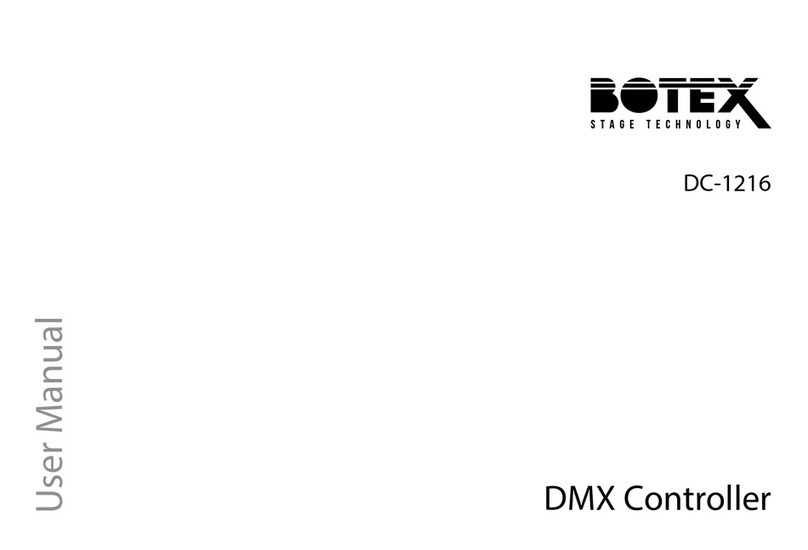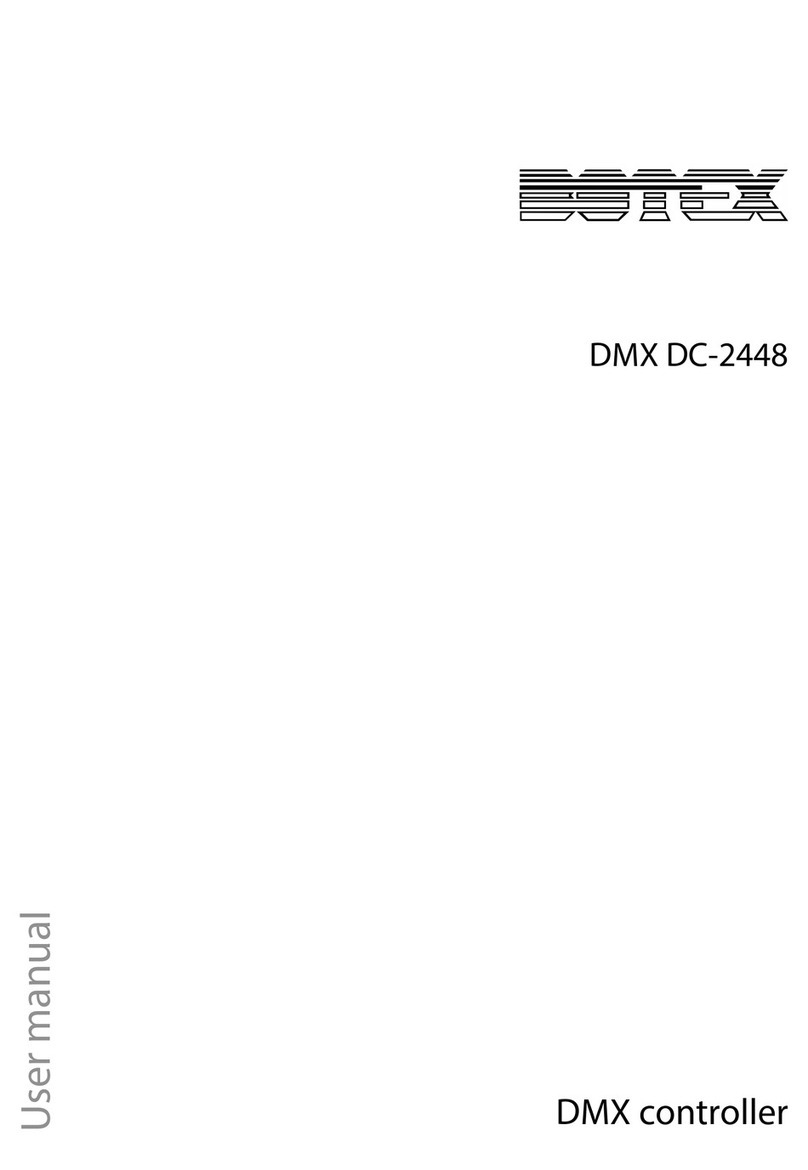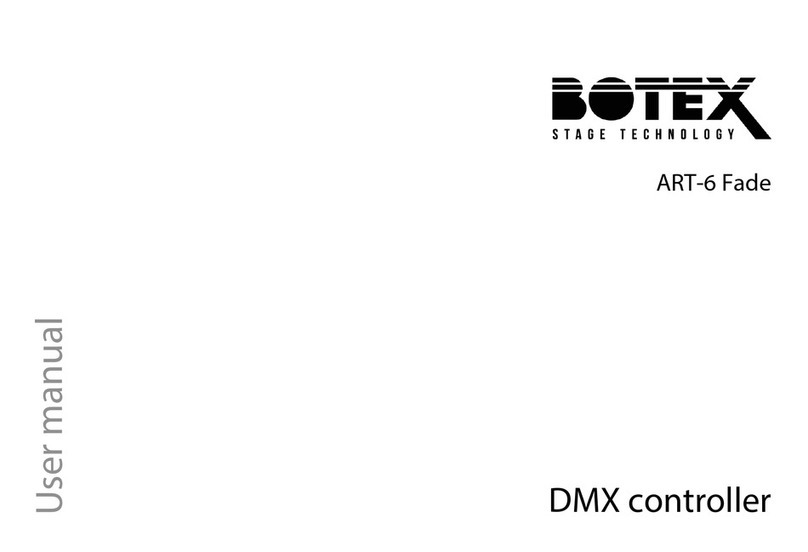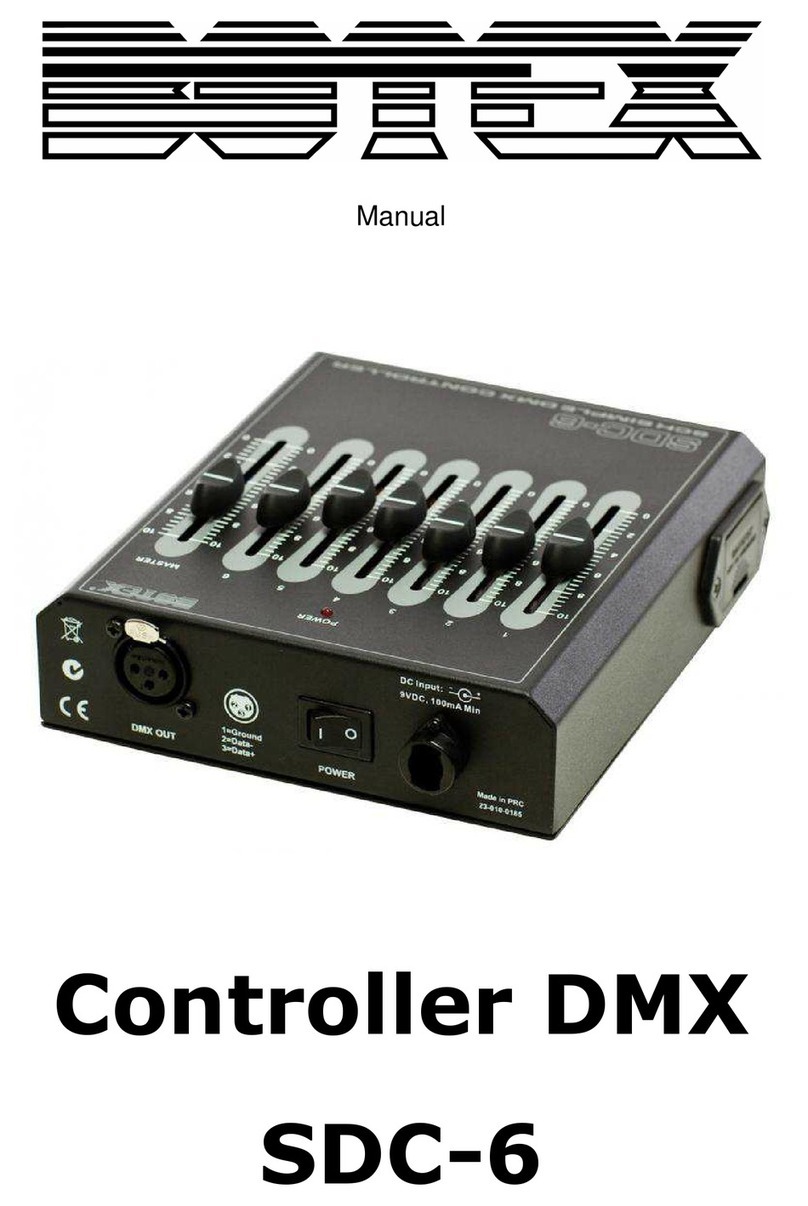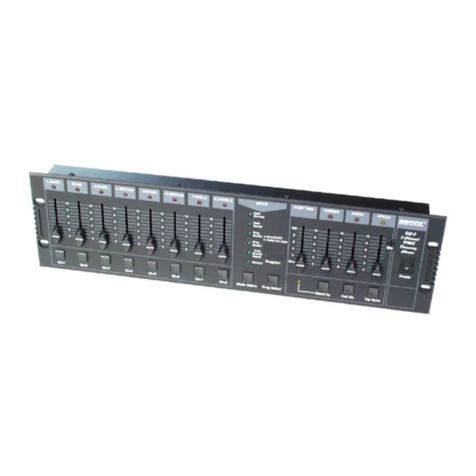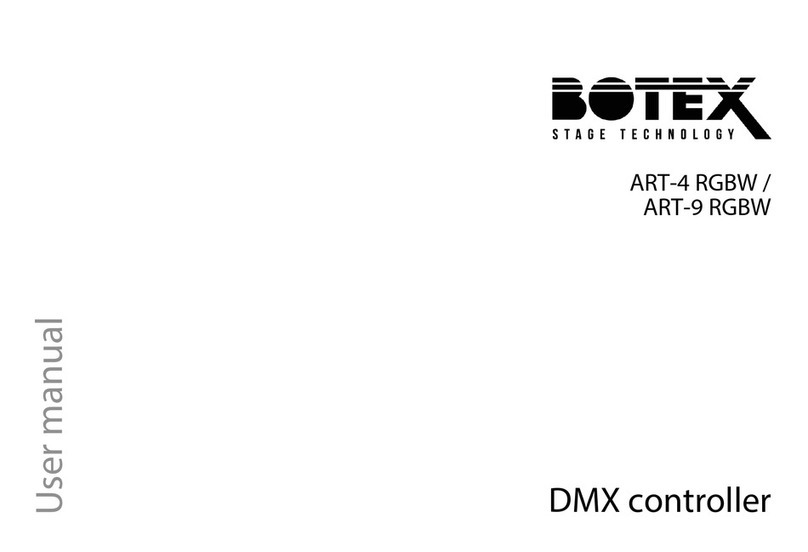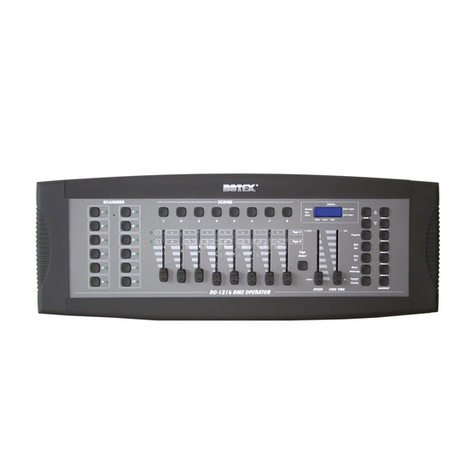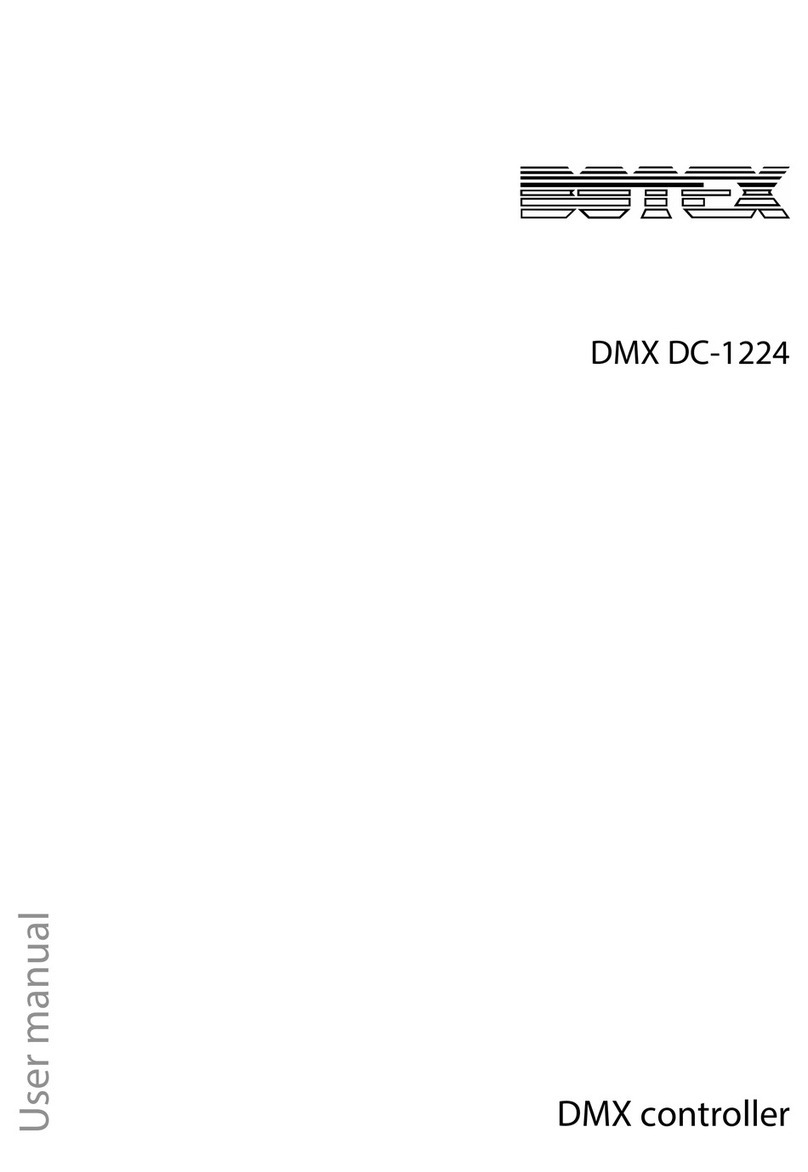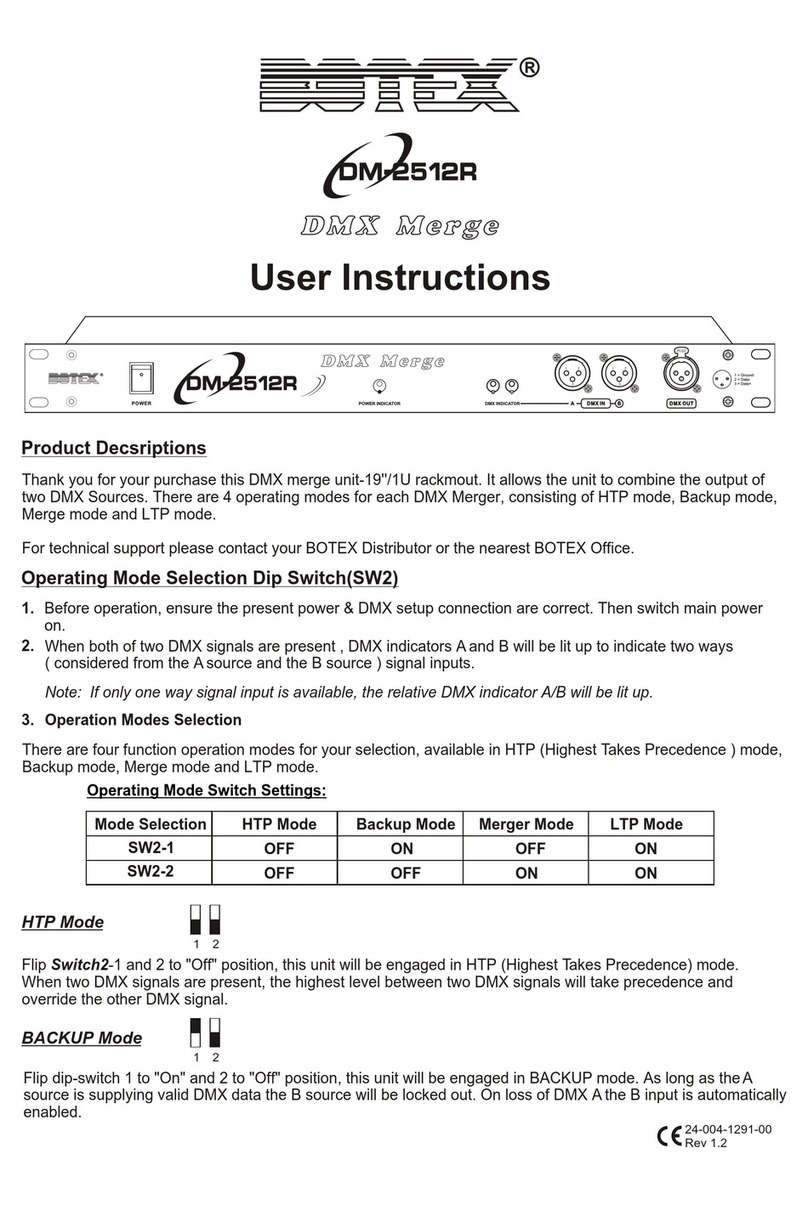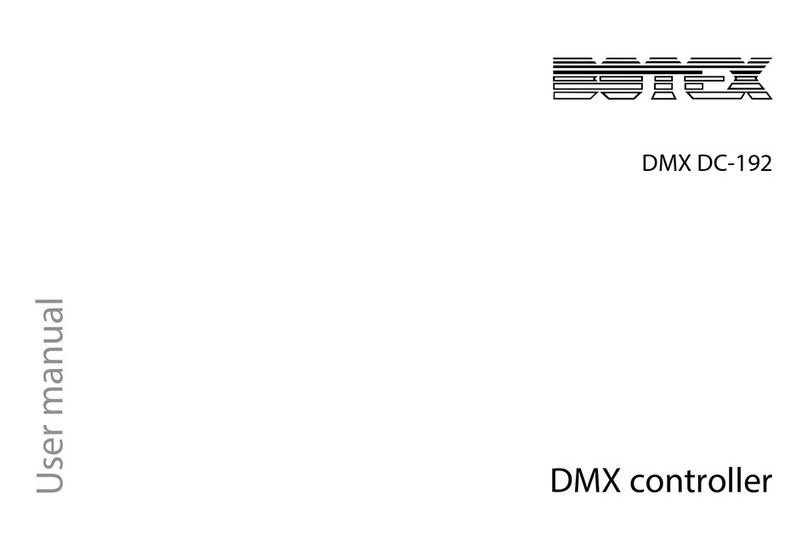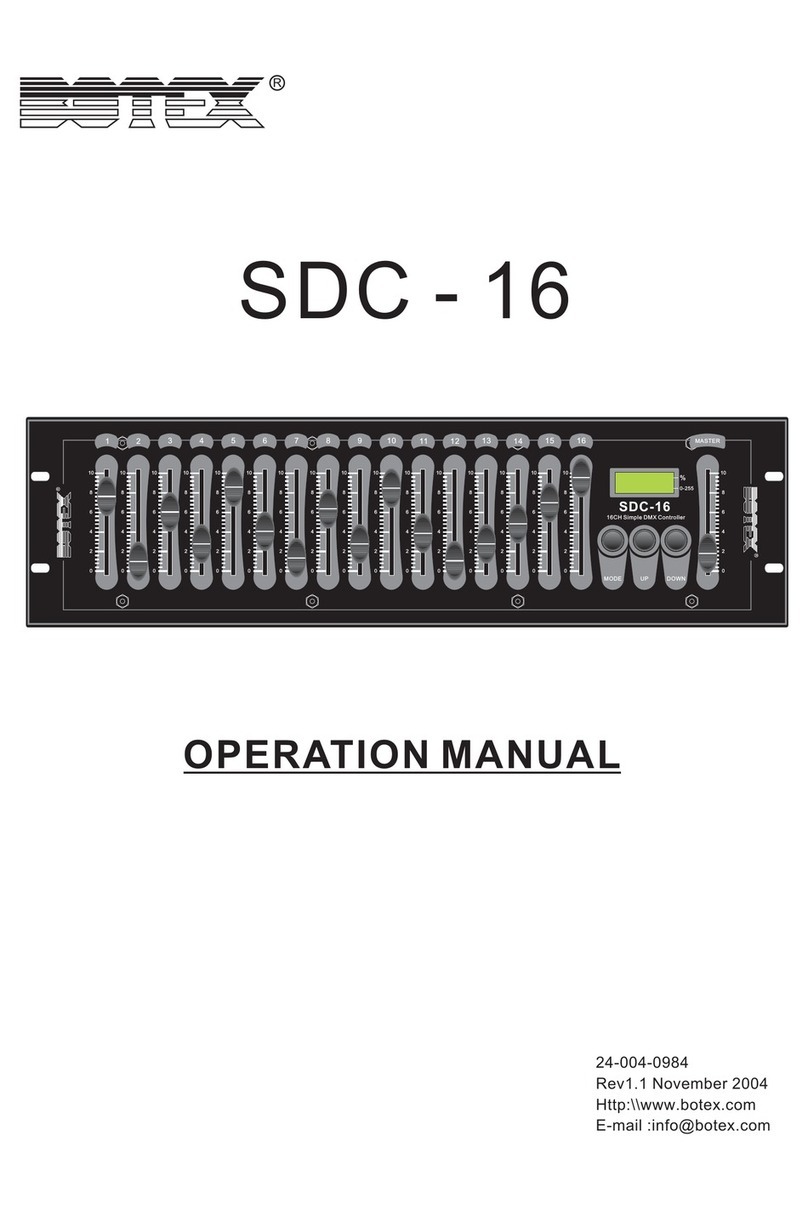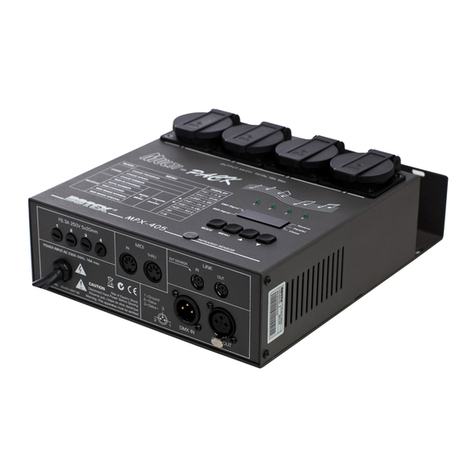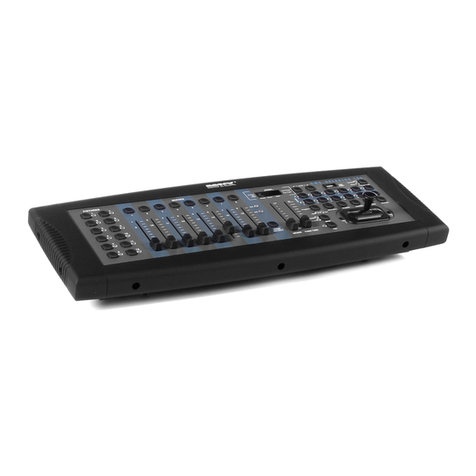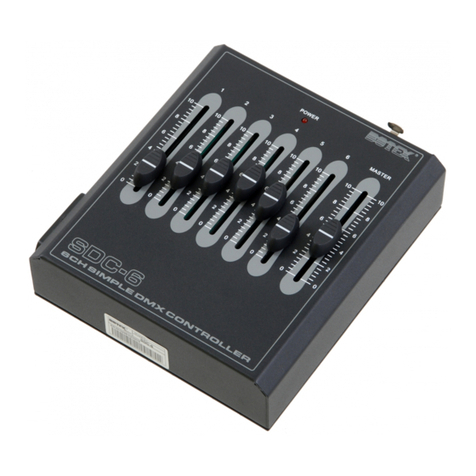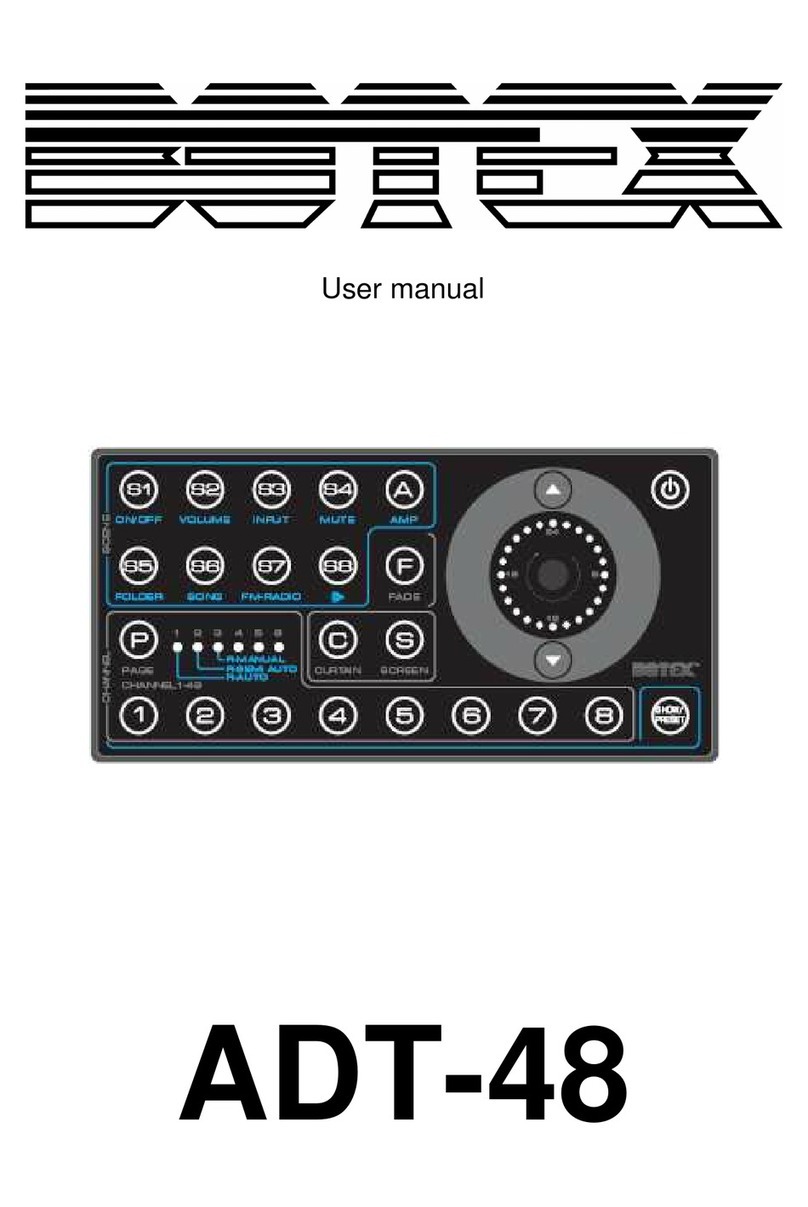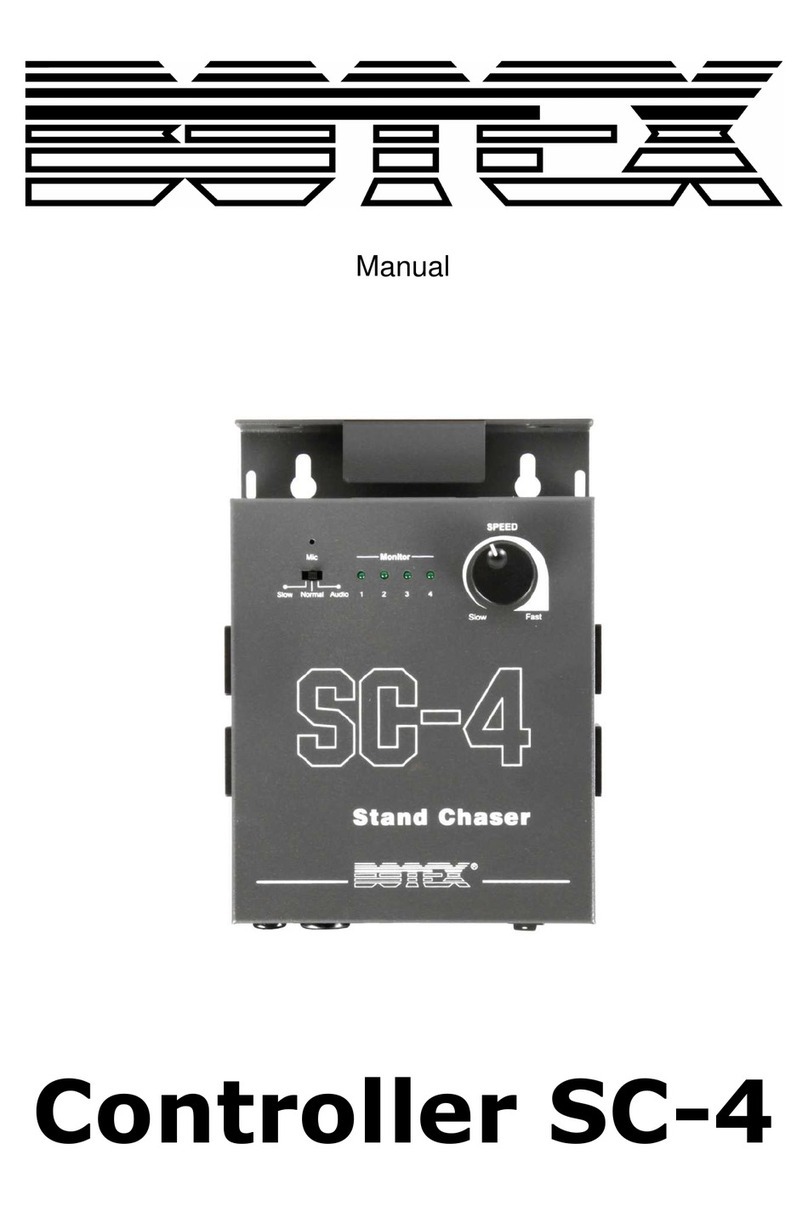Table of contents
1 General notes............................................................................................................................ 5
1.1 Further information........................................................................................................ 5
1.2 Notational conventions................................................................................................. 5
1.3 Symbols and signal words........................................................................................... 6
2 Safety instructions................................................................................................................. 7
3 Features....................................................................................................................................... 9
4 Installation.............................................................................................................................. 10
5 Starting up............................................................................................................................... 11
6 Connections and controls................................................................................................ 12
7 Operating................................................................................................................................. 16
7.1 Assignment of DMX channels to the joystick..................................................... 16
7.2 Recording a scene of chase....................................................................................... 16
7.3 Selecting or deselecting a scene or chase........................................................... 18
7.4 Deleting a chase............................................................................................................ 20
7.5 Selecting or deselecting a PAR scene or PAR chase......................................... 21
8 Settings..................................................................................................................................... 23
8.1 Switch to the setting mode....................................................................................... 23
8.2 Storing data to a memory card................................................................................ 23
8.3 Assigning patch channel............................................................................................ 24
8.4 PAN / TILT FADE ONLY................................................................................................ 25
8.5 Display mode (100/255)............................................................................................. 25
8.6 MIDI channel................................................................................................................... 26
9 MIDI implementation......................................................................................................... 27
10 Formatting memory............................................................................................................ 28
11 Technical specifications.................................................................................................... 29
12 Plug and connection assignments............................................................................... 30
13 Protecting the environment........................................................................................... 31
Table of contents
DMX DC-136 3
DMX controller
